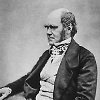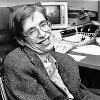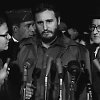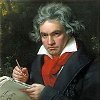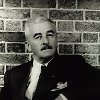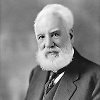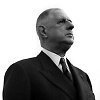Until the end of the fascist era and of the war [World War 2.], I continued to hark back to the sober realism [in his human figure sculptures, then] of the artists of the Etruscan funerary figures, or the sculptors of some Roman portraits, especially the earlier ones. My own way of reacting against the imperialist pathos of official Fascist art continued, until 1944, to consist in identifying my art very consciously with my private life, so that I never allowed myself any form of expression that might seem too blatantly public.
Interview with Edouard Roditi (1958), p. 87
![Until the end of the fascist era and of the war [World War 2.], I continued to hark back to the sober realism [in his human figure sculptures, then]...](https://img.libquotes.com/pic-quotes/v1/marino-marini-quote-lbm8c2a.jpg)
![Until the end of the fascist era and of the war [World War 2.], I continued to hark back to the sober realism [in his human figure sculptures, then]...](https://img.libquotes.com/pic-quotes/v2/marino-marini-quote-lbm8c2a.jpg)
![Until the end of the fascist era and of the war [World War 2.], I continued to hark back to the sober realism [in his human figure sculptures, then]...](https://img.libquotes.com/pic-quotes/v3/marino-marini-quote-lbm8c2a.jpg)
![Until the end of the fascist era and of the war [World War 2.], I continued to hark back to the sober realism [in his human figure sculptures, then]...](https://img.libquotes.com/pic-quotes/v4/marino-marini-quote-lbm8c2a.jpg)

